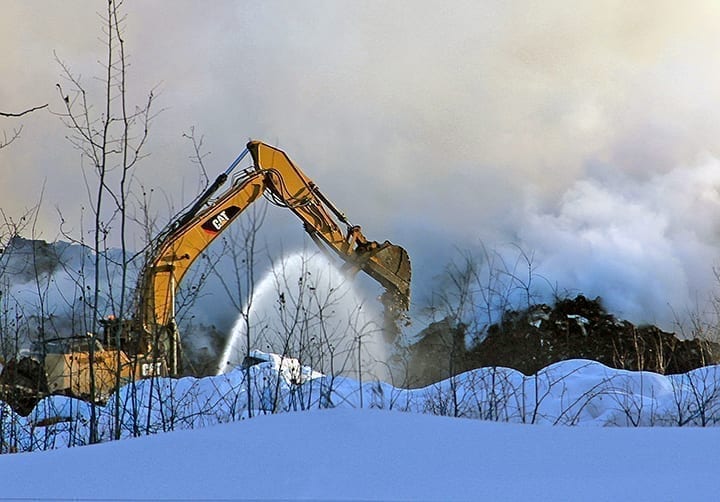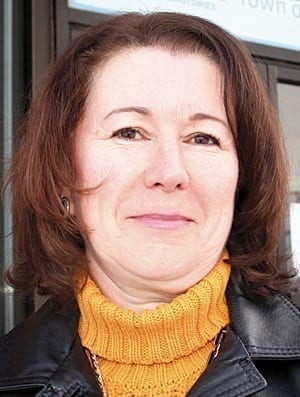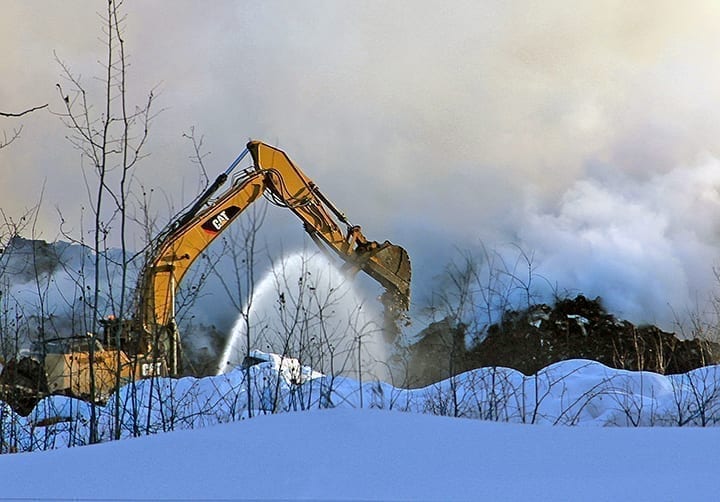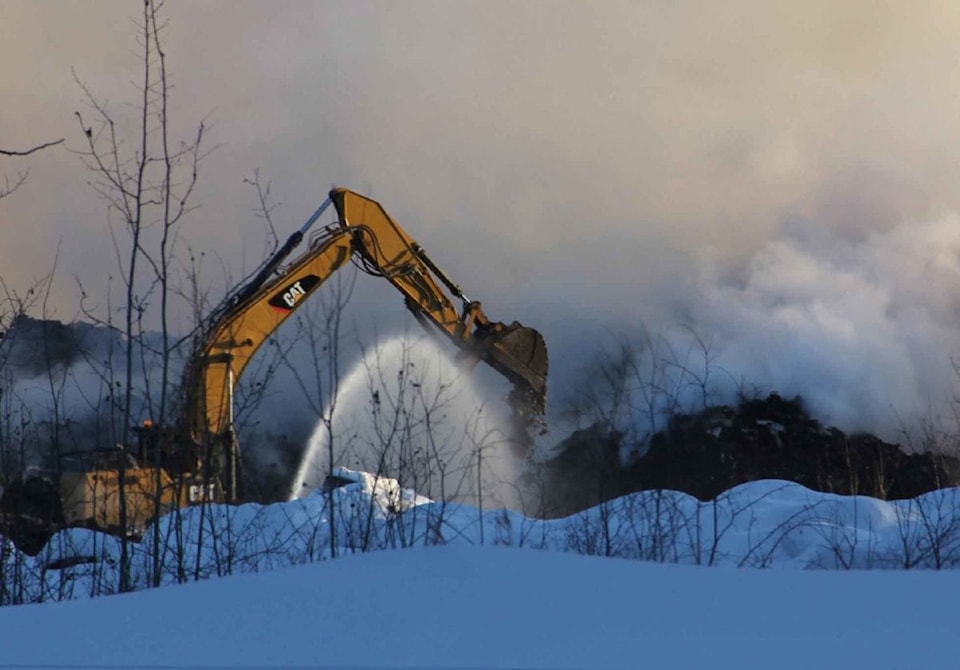Members of Hay River town council are scheduled to have their final say and vote on the 2020 operations and maintenance budget, and capital budget, at a special meeting on Dec. 11.
The proposed operations and maintenance (O&M) budget would mean a couple of significant changes, if approved.
"We've built into the budget an assumption for a two per cent increase to property taxes, and we're targeting a $200,000 increase in our utility fund net income," said Sam Mugford, the town's director of finance and administration, at a Dec. 2 meeting of council.

Another assumption is a reduction in the early payment discount for property taxes from four per cent to two per cent.
Town administration identified about $450,000 of new revenue or expense reductions prior to the proposed rate changes to property tax, utility rates and changes to the early payment discount.
Other assumptions in the proposed O&M budget are no change to the honoraria for the mayor and seven councillors, no change in staffing levels, wage inflation to be determined through collective bargaining after the contract with the town's unionized employees expires on Dec. 31, and some expenses being contingent on revenues being received from third parties.
"One of the big assumptions is no increase or decrease to our core service level," said Mugford.
The director of finance noted that the O&M budget's projected surplus would be allocated to reserves to fund capital expenditures.
The consolidated budget – of the general fund, the land fund and the utility fund – would have revenues of slightly over $14.5 million and expenses of about $13.4 million, meaning a surplus of a little over $1 million.
Mugford and a number of council members stressed the importance of that surplus to fund the town's share of capital projects mostly paid for by agreements with third parties.
Coun. Keith Dohey did not sound overly impressed with the idea of raising taxes or lowering the early payment discount, which is used by an estimated 70-80 per cent of taxpayers.
Dohey said he is not too keen on going back to the community for more when he believes there are other sources of revenue outside the community.
"We look at these things as line items and it's not a real big increase for us right now. But there are people that budget for this every year in this community," he said, noting that, for some people, it could mean not paying for a child to play hockey or not paying a power bill.
Dohey added that a couple of things in the O&M budget need a hard look, mentioning the $60,000 a year for community television.
Coun. Jeff Groenewegen also expressed some reservations about the O&M budget.

Judy Goucher: town's SAO outlined the problem with the cost of the landfill fire.
"I guess just to put it simply, I'm opposed to any increase, but at the same time recognizing that if costs have risen that obviously the taxes have to go up as well," he said. "I think that what I would be interested in exploring are other sources of revenue."
Judy Goucher, the town's senior administrative officer, outlined the problem facing the town with the cost of the landfill fire in March.
That cost is around $1 million, but only $100,000 has been covered by town insurance for direct firefighting efforts.
Goucher said a "very large share" of the remaining $900,000 is related to environmental work ordered by regulators.
"We have an application into the territorial government under their disaster assistance policy," she said. "I received confirmation today (Dec. 2) that that will be going forward, although it's not exactly in alignment with the policy. The town has requested an exemption, and a committee will be formed to review our request in part because it's not a traditional loss. It's a landfill, so it's not really an asset. It's not like a house burnt down and you can say the loss here is $500,000 or whatever."
Goucher explained the town's expenses were tied to not creating an environmental incident.
"So if we don't get that funding relief from the territorial government, that is going to dramatically affect our 2019 year-end results and right now we would be projecting a deficit," she said. "That would mean we would have nothing to contribute to reserves in 2019 and we would also have a legislative requirement to bring our budgets back into a balanced position within a one-year period."
At the Dec. 2 meeting, Mugford also outlined spending under the proposed capital budget for various projects and equipment.
The plan would be to spend over $13.4 million. The majority of that amount – $11.8 million – would go to transportation and public works.
The rest would go to administration ($760,000), protective services ($180,000), recreation ($718,000) and tourism and economic development ($20,000).
Of the total spending in the capital budget, $11.6 million would be externally funded, while $1.8 million would be internally funded.
Many of the items are contingent on funding from third parties coming through, said Mugford. "In some cases, I think we're quite confident that's going to be there. In other cases, we're still looking to finance those items, but we wanted to include them in the budget on the understanding that, if the jobs aren't funded, they're not going to happen."

